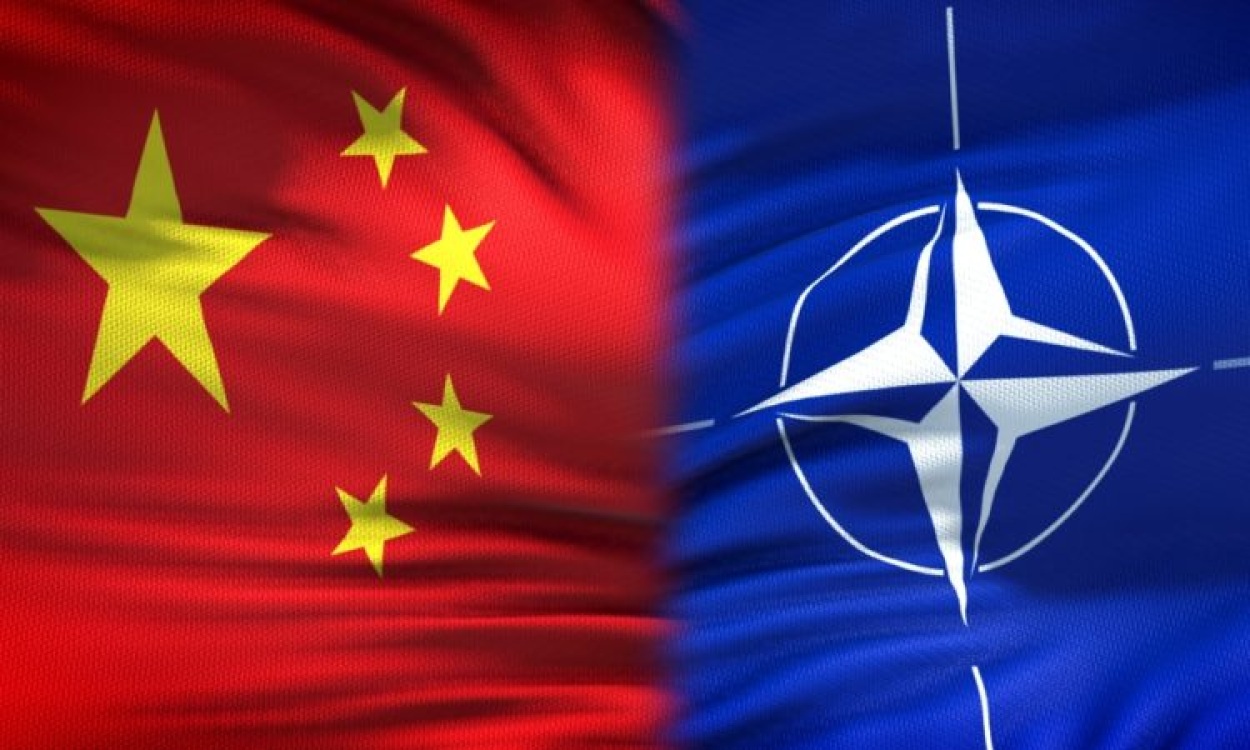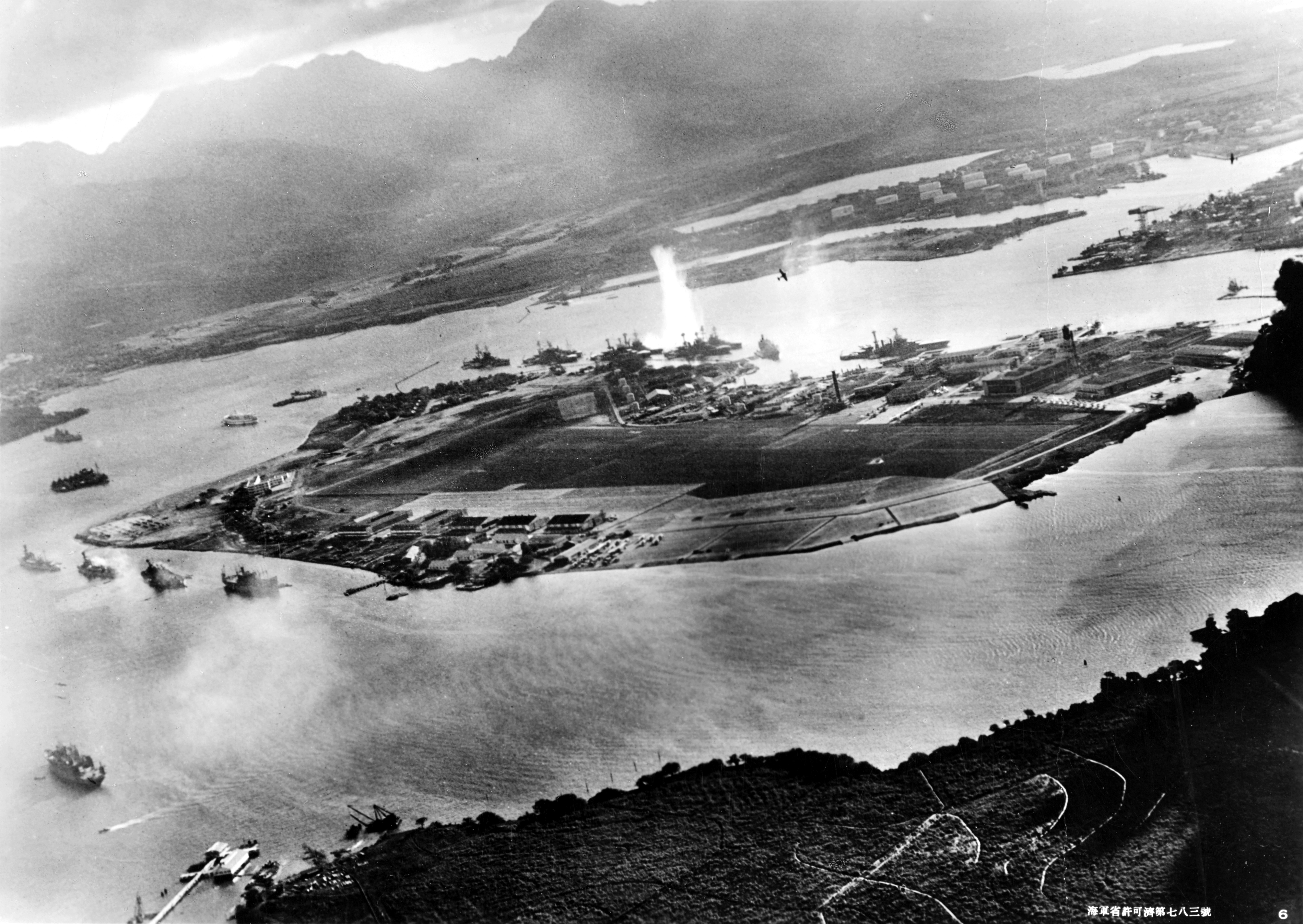As concerns over a Chinese invasion of Taiwan intensify, a paper released on April 15 by the NATO Defense College has warned NATO could become involved in a potential conflict involving Taiwan if fighting extends to US territory in the Pacific.
The report, “NATO and a Taiwan contingency,” from the research and education center located in Rome, is academic research and not an official stand of the European security bloc. However, analysts believe that since there isn’t much research about Taiwan’s position vis-a-vis NATO, it could be useful for strategic planning within the alliance.
James Lee, an assistant research fellow at Taiwan’s Academia Sinica’s Institute of European and American Studies, authored the report. It comes at a time when China has become more confrontational in its rhetoric against American military assurances to Taiwan.
Adm. John C. Aquilino, the outgoing head of INDOPACOM (the United States Indo-Pacific Command is the unified combatant command of the United States Armed Forces responsible for the Indo-Pacific region), recently warned: “All indications point to the (Chinese) PLA (People’s Liberation Army) meeting President Xi Jinping’s directive to be ready to invade Taiwan by 2027,” Aquilino said. “The PLA’s actions indicate their ability to meet Xi’s preferred timeline to unify Taiwan with mainland China by force if directed.”
Any attack on Taiwan is believed to draw the United States and its regional allies, including Japan, into the conflict. In his analysis, Lee looks at whether China’s military attack would activate Article 5 of the North Atlantic Treaty, which states that an attack on one NATO member is an attack on all of them.
Referring to the islands that connect Japan’s Okinawa to Taiwan and the Philippines, the report states that “a trigger for Article 5 is unlikely if hostilities are confined to the immediate vicinity of Taiwan or the First Island Chain.” However, the analysis also looks at what may happen in a conflict that results in a Chinese attack on American military facilities in Hawaii.
Many have argued that NATO’s obligations regarding collective defense do not apply to Hawaii and the US territory of Guam because Article 6 of the treaty restricts its application to member countries’ territory “in Europe or North America…or on the islands under the jurisdiction of any of the parties in the North Atlantic area north of the Tropic of Cancer.”
Lee quoted the UN Statistics Division’s definition of North America, which states that “the whole of the United States” is included, but claimed that the Pacific region was not yet officially recognized.
Nonetheless, the report says that Article 5 may be used depending on how Hawaii is defined, but even in that case, “the scope of action on the part of the allies would be relatively limited.”
Lee predicted that Washington would either push NATO to impose sanctions on China or ask nations with an Indo-Pacific presence – like the United Kingdom, France, Germany, and Canada – to assist American regional operations. In the report, the researcher suggested creating a Taiwan contingency plan between the United States and NATO to prevent “a window of vulnerability in Europe.”
Hawaii Will Not Receive NATO’s Backing
Hawaii is a US territory in the Pacific that houses some major military outposts in the region, including the Pearl Harbor naval base and the headquarters of the US Indo-Pacific Command, which overlooks adversaries like China and North Korea. It is, however, unprotected – unlike the other 49 states that make up the United States of America.
If an attack were launched on this strategic US territory, the members of the US-led NATO would not be legally obligated to defend Hawaii.
The United States, for example, would be required to defend Sweden – which recently joined the alliance — if Russia bombed the state. However, Sweden and 30 other NATO partners would not be legally required to protect Hawaii if an enemy such as China or Russia struck Pearl Harbor.
Hawaii residents are unaware that they are not protected by the collective defense clause enjoyed by NATO partners, according to David Santoro, president of the Pacific Forum, the group in Honolulu. CNN recently quoted Santoro as saying, “It’s the weirdest thing.”

“People tend to assume Hawaii is part of the US and therefore it’s covered by NATO,” he noted. Although Hawaii is technically the 50th state of the United States of America, it does not enjoy the same privileges as the other states. “The argument for not including Hawaii is simply that it’s not part of North America,” Santoro says.
The Washington Treaty, which established NATO ten years before Hawaii’s statehood, clarified the exclusion.
According to a US State Department spokesman, Article 4 should apply to any situation that would affect the 50th state because it stipulates that members will consult when “the territorial integrity, political independence or security” of any member is threatened. Hawaii, however, is not covered by Article 5.

Experts assume that a consensus would not be reached for any treaty change that added Hawaii since several other members also possess territory outside of the bounds outlined in Article 5.
For instance, in 1982, even though the United Kingdom was one of NATO’s founding members, NATO chose not to intervene in the conflict when Argentine troops invaded the Falkland Islands, a disputed British territory in the South Atlantic. Therefore, NATO would not automatically intervene if Hawaii came under assault in an armed conflict between the US and China.
This becomes more problematic in light of the US enemies’ growing military might and the obvious expansion of their stockpile of long-range conventional and nuclear missiles that are capable of striking and destroying a significant US military installation in the area in a single blow.
It is understood that, even in the absence of NATO cover, the US territories of Guam and Hawaii would be essential for beginning military operations in any such Indo-Pacific war.
Defense analysts speculate that China would want to quickly win a war against the United States, emulating Japan’s attack on Pearl Harbor during World War II. Going ahead, Beijing can give it a modern twist by unleashing a massive “bolt-from-the-blue attack” that has the potential to destroy the majority of the military capabilities in the Indo-Pacific area.

The New York Post claimed that even if the US military relocated every missile defense system it has stationed in Asia, the PLA’s missile buildup in the Indo-Pacific area is so extensive and potent that the US won’t be able to thwart China’s Pearl Harbor-style attack.
Essentially, Hawaii’s exclusion from NATO and the possibility of a Russian assault intended to destroy the US in the event of a very large-scale battle means that the state no longer has “an element of deterrence” against a Chinese strike in support of a future Taiwan campaign.
On the other hand, some analysts think that a confrontation involving Chinese attacks on Hawaii would eventually result in an American response, which would spark a full-scale battle between the two countries. Thus, NATO would unavoidably become involved in the fight if China attacked the United States on its continental territory.
Whatever analysts might say, the study suggests that a confrontation involving China, on the one hand, and NATO, on the other, may not particularly be a germane idea but is also not too far-fetched, especially as Chinese aggression against Taiwan continues to gain momentum.
- Contact the author at sakshi.tiwari9555(at)gmail.com
- Follow EurAsian Times on Google News




